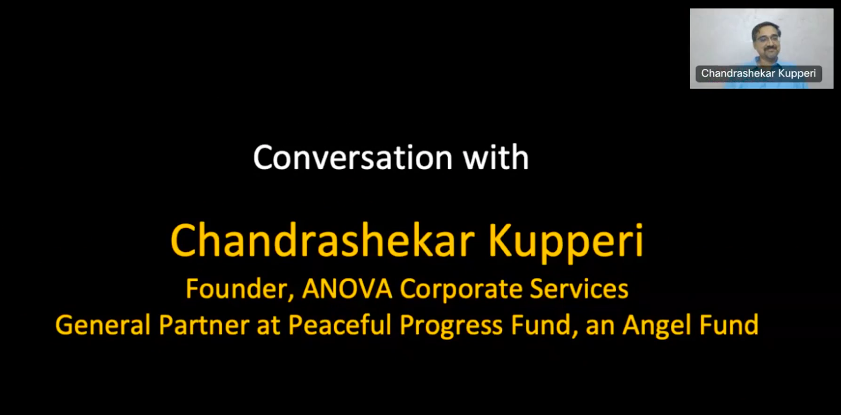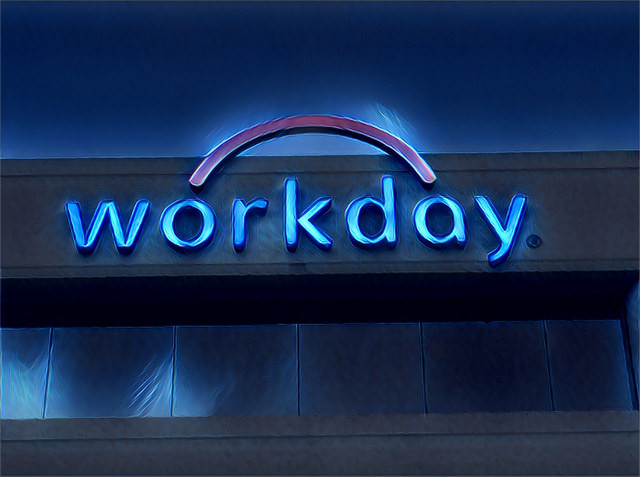1Mby1M Virtual Accelerator Investor Forum: With Steve Eskenazi, Angel Investor (Part 3)
Sramana Mitra: Here’s a trend question. You have watched the music business for a long time. What is your analysis of the music business? We see music deals from time to time. A lot of the industry believes that you can’t make money in the music business. Can you talk about that?
Steve Eskenazi: I don’t look at it as binary. Some people say you can’t make money. I think it’s very selectively investable. That has been my approach. I was a private investor in Spotify as well. I’ve raised the bar on music deals more than I would in other spaces. I would probably agree that it’s really tough to make money in the music space.
>>>Featured Videos
20-Year Journey of a Fat Startup with Major Pivots: Scott Sellers, CEO of Azul (Part 5)
Sramana Mitra: From 2002 to 2008, you already had a lot of VC in the company. It’s already six years, so the VCs are starting to get antsy. How did you handle that?
Scott Sellers: It was one of the most challenging aspects. We needed to change our investor base. The current investors had invested in a hardware business model. We had raised a ton of money. We had started to reach the limits realistically of what the existing investor base could do.
>>>Best of Bootstrapping: Bootstrapping Tuft & Needle to Over $100M

If you haven’t already, please study our Bootstrapping Course and Investor Introductions page.
Online mattress is one of the hottest e-commerce category these days, and here is yet another one delivering venture-scale growth without venture capital. Tuft & Needle Co-founder JT Marino shared his story with me in 2017.
Sramana Mitra: Let’s start at the very beginning of your journey. Where are you from? Where were you born, raised, and in what kind of background?
JT Marino: I was born in Phoenix, but I grew up in Pennsylvania. I went to Penn State. That’s where I met my co-founder, Daehee Park. From there, my career took me to Silicon Valley working for several startups. That’s where my co-founder and I stuck together. We were at a company at Palo Alto and we decided that we wanted to build something of our own. Based on our previous experience with startups, we wanted to do it a different way.
Video FAQs
Can 1M/1M Help Me Raise Money?
How Does 1M/1M Democratize Entrepreneurship Education?
How Does 1M/1M Democratize Management Consulting?
When Is The Right Time To Join 1M/1M?
Can 1M/1M Help Me With Business Development?
Can 1M/1M Help Me With Market Sizing?
Can 1M/1M Help Me Validate My Product?
Will I Have Private 1-on-1 Sessions In 1M/1M?
How Does 1M/1M Help Entrepreneurs Connect With Silicon Valley?
Mentoring or Consulting?
Why Does 1M/1M Charge $1000 a Year?
Why Does 1M/1M Partner With Local Organizations?
Why Don\’t Mentoring Networks Work?
Why Is It Important To Study With 1M/1M Now?
Dan Stewart Story
Vikrant Mathur Story
Roundtable Recap: June 2 – Don’t Pitch Investors Prematurely

During this week’s roundtable, we had as our guest Chandrashekar Kupperi, General Partner at Peaceful Progress Fund, an angel fund in India. We had some very interesting discussions on consumer startups in India, especially the ones targeting lower economic strata consumers.
T-Ora
As for the pitches, up first we had Karthikeyan R. from Singapore pitch T-Ora, a solution for fact checking fake news.
Zabble
Next we had Nik Balachandran from Walnut Creek, California, pitch Zabble, a waste management software.
Enthu.ai
Then we had Gaurav Mittal from Chandigarh, India, pitched Enthu.ai, an AI solution for contact center call analysis.
You can listen to the recording of this roundtable here:
Cloud Stocks: Analysis of Workday’s VNDLY Acquisition

Enterprise services provider Workday (NASDAQ: WDAY) recently announced its first quarter results that failed to impress the market. But the company continues to diversify its offerings through acquisitions and product development.
>>>20-Year Journey of a Fat Startup with Major Pivots: Scott Sellers, CEO of Azul (Part 4)
Sramana Mitra: How long did it take you to get the first product out?
Scott Sellers: It always takes longer than you think, especially in the world of hardware and chip design. The first product was released in the early part of 2005. It was a good solid three years.
Sramana Mitra: Did you have customers lined up by the time the product was coming into the market?
>>>Best of Bootstrapping: Bootstrapping to $30M from Florida

If you haven’t already, please study our Bootstrapping Course and Investor Introductions page.
SproutLoud CEO Jared Shusterman bootstrapped his company with his bar mitzvah money. He shared his wonderful story with me in 2017.
Sramana Mitra: Let’s start at the very beginning of your journey. Where are you from? Where were you born, raised, and in what kind of background?
Jared Shusterman: I was born in Miami, Florida. I’m one of the few South Florida natives. I grew up in a middle class family that had a very heavy focus on education. After I graduated high school, I went to the University of Virginia. I got a Bachelors degree with a concentration in Finance and Marketing. Shortly after that, I moved out to San Francisco and worked for an investment bank in the online media practice. That’s the quick summary of my initial upbringing.
577th Roundtable for Entrepreneurs Starting NOW: Live Tweeting by @1Mby1M
Today’s 577th FREE online 1Mby1M Roundtable For Entrepreneurs is starting NOW, on Thursday, June 2, at 8 a.m. PDT/11 a.m. EDT/5 p.m. CEST/8:30 p.m. India IST. CLICK HERE to join. PASSWORD: startup All are welcome!
